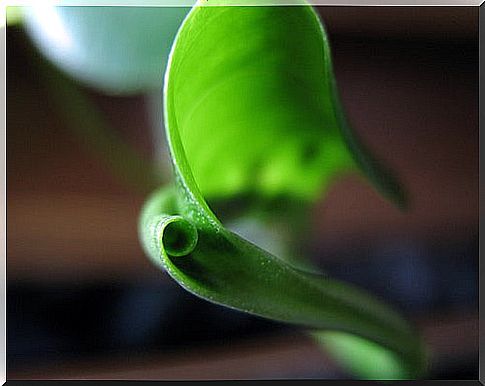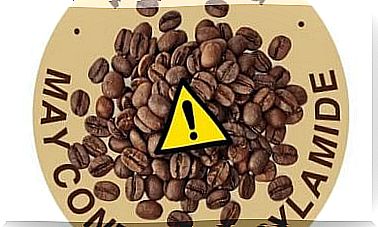Keep The Air In Your Home Clean With Devil’s Ivy

Devil’s ivy, also known as boa constrictor or golden pothos, is an ideal plant to have indoors or in the office, as it improves air quality.
Whether new or old, our homes may be harboring invisible and unhealthy toxins. They are chemical compounds found in emissions from paints, plastics, carpets, cleaning products and various building materials.
Among these compounds, the three main and most harmful to health are:
- Methanol or formaldehyde: is one of the most common chemical products used today, and can be found in carpets, glues, paints, upholstery, vehicle exhaust, among others. The dilute aqueous formaldehyde solution is the old known formaldehyde.
- Benzene: is a hydrocarbon commonly found in plastics, synthetic fibers, lubricants, rubber and pesticides. It is flammable, colorless and has a pleasant aroma, but it is a toxic compound, which can be harmful if inhaled in excess.
- Trichlorethylene: is widely used as an industrial solvent, and is present in paint removers, solutions to clean carpets and rugs, adhesives and liquid writing corrections ( liquid paper) . Studies show that this substance can cause several harmful side effects to humans.
Although they are dangerous, there is a simple way to neutralize and reduce the effects of these chemical compounds, through plants that can be grown indoors. One of the best plants for this purpose is devil’s ivy.

It is a very flexible plant, as it can be grown in a conventional pot, in a hanging basket, and even guided to climb a trellis.
Devil’s ivy tends to grow a lot and quickly, being limited only by the amount of sunlight and the size of the pot used.
It is an extremely easy-to-care plant and very popular in North America as it is able to grow well in low sunlight, low humidity and cold temperatures to grow indoors.
In addition , it is considered one of the best plants to eliminate toxins from the air, as it neutralizes compounds such as formaldehyde and benzene.
Furthermore, it is very beautiful and can be used as a beautiful decoration item at home or in the office.
Its leaves have an intense dark green tone with lighter nuances, almost golden, and these colors remain stable even when it is kept in the dark.
To understand the ideal environment for this plant to grow, think of a jungle where there are plants that receive direct sunlight and plants that are completely in shade. This is the best condition for the development of devil’s ivy, and it can be reproduced at home.
It just doesn’t grow well if it’s in direct sunlight, so avoid placing it near windows or places where there’s a lot of sun. Ideally, it offers a shady and indirect light condition, but it is also able to grow in very low light environments.
The ideal temperature is between 18 and 24 degrees, and should never be lower than 10 degrees. Devil’s ivy doesn’t like very wet soil, so don’t overdo the water when watering it and wait for the soil to dry completely before giving the plant more water.
To grow healthy, devil’s ivy needs a soil rich in nutrients, such as phosphorus and potassium, so an important tip is to use fertilizers to feed it. The recommendation is to use some type of fertilizer every two or three months.
From time to time, it is recommended to prune some leaves that are too long as the plant grows. This can help keep the growth steady.

A very important point to be highlighted is the recommendation to keep this plant away from pets and children.
This rule is fundamental, as devil’s ivy has raffids (calcium oxalate), which can cause terrible toxic reactions if ingested, such as oral irritation, vomiting and difficulty in swallowing normally.
Rafphids are tiny, microscopic needle-shaped crystals that have been classified by botanists as a defense mechanism of some plants, comparable to the spines of cacti.
For your safety, wear gloves when caring for the plant (some liquids in it can also cause irritation), and be careful that neither animals nor children ingest the leaves or parts of them.









